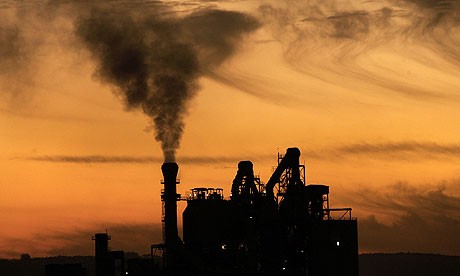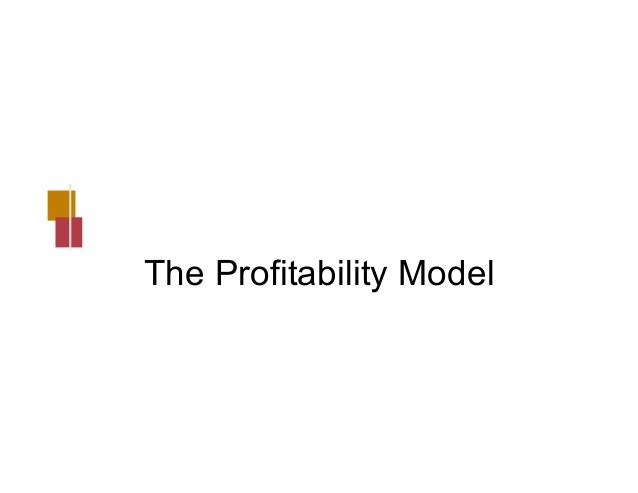Investing During Times of Uncertainty
Post on: 14 Июнь, 2015 No Comment

I have inserted an insightful article from The Economist magazine, dated 15 October 2011, that captures all pertinent issues which are facing investors today. Fortunately, thanks to our asset allocation process and defensive manager selection, our funds have managed to negotiate these perilous times, providing some protection from the recent 7.4% market drop. Highlighting this, our most aggressive fund, the Growth Fund of Fund (FOF) only declined 3%, from the peak of the market in July to the low in October, while the Balanced FOF contracted 1.7% and the Defensive FOF was flat.
More importantly, our 3 year track record till the end of September was extraordinary with our Growth FOF having achieved 1st place with a return of 37.4% (annualized 11.2% p.a.) in the Prudential High Equity category, the Balanced FOF 3rd place with 34.8% ( annualized 10.5%) in the Prudential Medium Equity category while the Defensive FOF came in 6th with 32.9% ( annualized 9.9%) in the Prudential Low Equity category.
For more insight into Southern Charter’s Asset Allocation process, click here .
Enjoy the read …
PITY the world’s savers. Economists and other busybodies chide them for not spending more, thereby stimulating the economy. Meanwhile their pension schemes are steadily being made less generous, a process that will require them to save more, not less, if they want to enjoy a comfortable retirement. Britons now retiring on private pensions will receive an income 30% less than those who left work three years ago (see Buttonwood). When savers try to find a home for their money, they face daily headlines about bank bailouts, sovereign-debt crises and the possibility of another recession.
Given the scale of the risks, investors are not being offered much in the way of reward. In much of the developed world, yields on cash are 1.5% or below. The most liquid government bond markets (those of America, Britain, Germany and Japan) offer yields of 2.5% or less. In both cases, such meagre returns are part of a deliberate policy: governments and central banks want companies that might create jobs to start borrowing again. Even American equities, despite a dismal record over the past decade, offer a dividend yield of just 2.1%, a level that historically has been associated with low returns for several years to come (see article). That is a legacy of the stratospheric valuations attained by Wall Street at the height of the dotcom bubble.
The danger for savers is not simply of disappointing returns, but of devastating blows to their wealth. Just after the Second World war, British government bonds (gilts) offered yields similar to today’s; those who bought them lost three-quarters of their money, in real terms, by 1974. Investors with more of an appetite for risk may do even worse. Those who bought Japanese shares at the peak in 1989 are now sitting on a nominal 80% loss.
Polish up your crystal ball
Investors’ choices will be guided by how they think the crisis will unfold. The best hope is that the authorities will “muddle through”: stabilise the European sovereign-debt crisis, steer developed economies back on to a path of 2-3% annual growth while simultaneously devising realistic plans to reduce government debt over the medium term. But if that rosy prospect does not materialise—and the odds are against it—the world is looking at three scenarios.
One possibility is that the developed world will attempt to inflate its debt away, perhaps by ever-larger doses of quantitative easing. A surge in commodity prices in 2010 and early 2011 has pushed inflation higher than it was a year ago in each of the G7 countries, and in Brazil, Russia and China as well (India is the exception among the BRICs). Inflation normally suggests investors should go for gold. But its stratospheric price, and the fact that most economists think that inflation will fall back as the global economy slows, argue against it.
A second possibility is that the European authorities make a fatal miscalculation, allowing Greece to default chaotically, without adequately propping up the region’s banks or protecting bigger economies such as Italy and Spain from collateral damage. The result could be a very sharp fall in European GDP, with knock-on effects in the rest of the rich world. That scenario argues in favour of US Treasuries.
This newspaper persists in believing that Europe’s politicians cannot be stupid enough to allow the euro to collapse; but, like their equally uninspiring peers in America, they are unlikely to do much to help the West’s economies grow. So we suspect that the rich world faces a third scenario: Japanese-style stagnation. Recessions are likely to be more frequent than they were in the 1980s and 1990s, and the overall growth rate sluggish. Such an outcome would make it very difficult for the developed world to work off its debts; more countries would fall into the kind of debt trap faced by Japan.
Different quotes for different folks
On the face of it, a gloomy outlook argues for Treasuries. In recessions, they have generally been a good bet, delivering an average positive return of 10.4% while equities have delivered an average negative return of 15.3%. But that depends on negligible inflation; and given that the current American rate is 3.8% and that the average rate since 1900 has been 3.1%, this is a big risk for investors to take. It was inflation that wiped out British gilt-holders after the second world war.

Equities offer a better hedge against inflation, but American shares still look expensive. On a cyclically adjusted price-earnings measure, which smooths profits over ten years, they trade on a multiple of 19.4, compared to a historic average of 16.4. European equities, which have on average underperformed American ones, look more attractive: the price-earnings ratio in the euro zone is 11. But there is a case for holding cash on the ground that things may get worse before they get better.
If markets continue downwards, equities could be a bargain next year; already some companies with global brand names trade on dividend yields of more than 5%. Many big companies are sitting on piles of cash and are benefiting from the continued growth in Asia. A purer bet on emerging markets would be to buy shares in China and India; but Asia will not be immune from a global downturn and their markets are still opaque. At the moment many of the best refuges are to be found in corporate bonds. European high-yield bonds pay 10 percentage points more than government issues, even though default rates are currently very low: in the year to September, only 1.9% of issues defaulted. But, once again, if the economy stalls, even corporate bonds may become cheaper.
It would be better for the global economy if savers piled their cash into equities and corporate bonds now, rather than waiting for better news. But savers are understandably reluctant to buy in the face of political dithering; whether it is Europe’s failure to sort out the Greek crisis or Washington’s failure to devise a plan that combines short-term economic stimulus with a long-term plan to reduce the deficit. That is yet another reason for politicians to get their various acts together: doing so will encourage savers to remove their cash from under their mattresses and put it into productive assets.
October: This is one of the peculiarly dangerous months to speculate in stocks in. The others are July, January, September,
April, November, May, March, June, December, August and February.”
Mark Twain, 1894
Ursula Maritz
Chief Investment Officer














